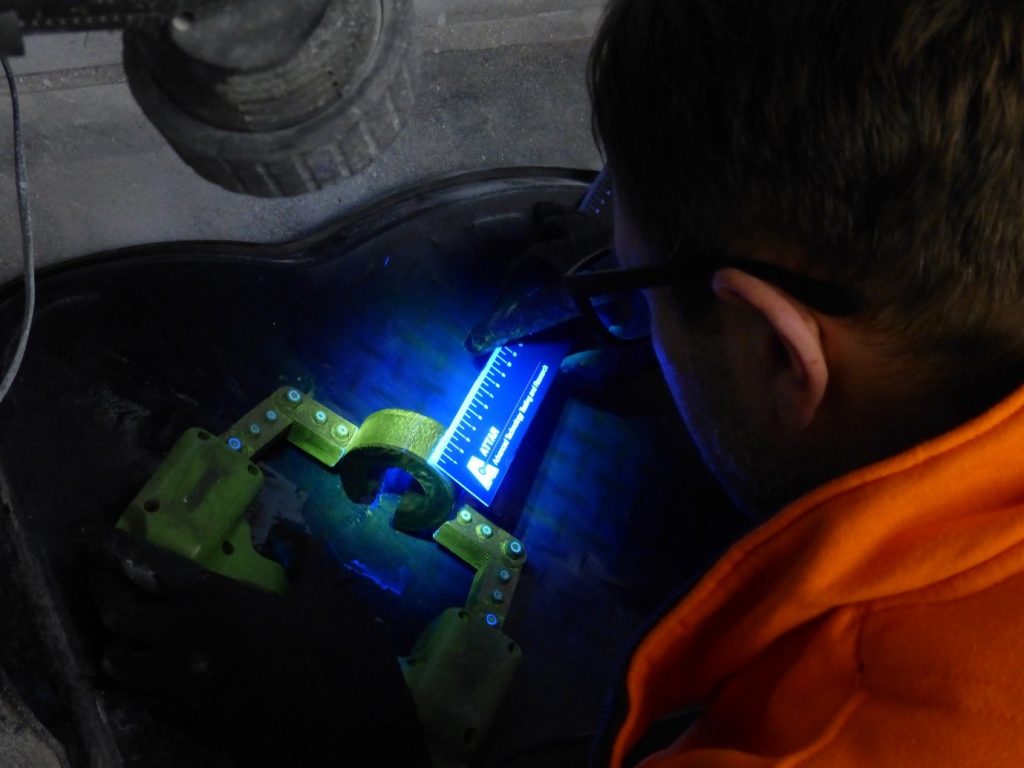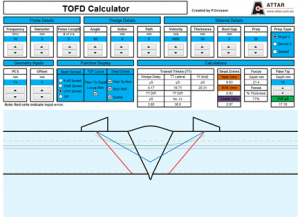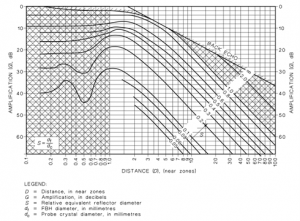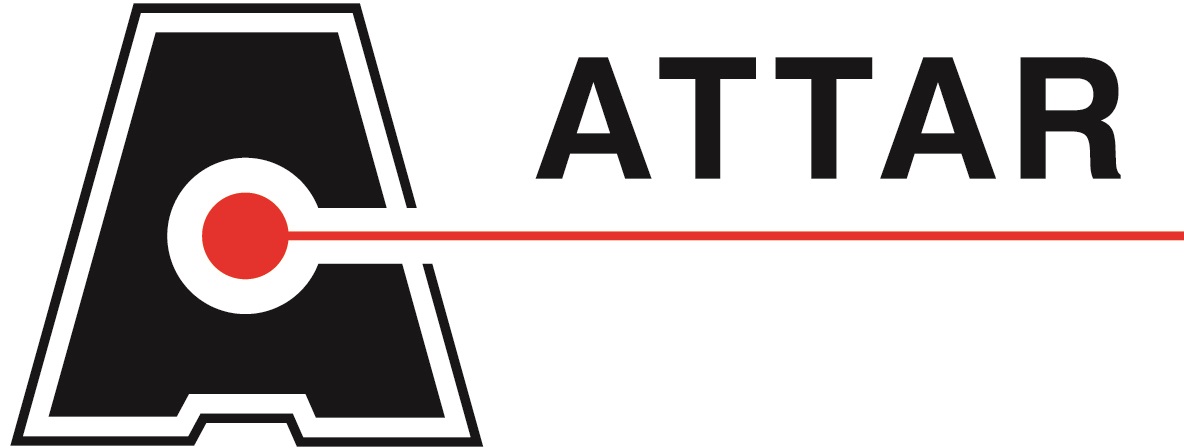Occupational Exposure to Black Lights in NDT
The Occupational standard for exposure to ultraviolet radiation (2006) Radiation Health Series No 12, sets out guidelines for the exposure limits to ultraviolet radiation.
The exposure limit values in this standard refer to ultraviolet radiation in the spectral region between 180nm and 400nm and represent conditions under which it is believed that nearly all workers may be repeatedly exposed without adverse effect.
For the near-ultraviolet UV-A spectral region (315-400 nm), the total radiant exposure incident upon the unprotected eye should not exceed 10 kJ/m2 within an 8-h period and the total 8-h radiant exposure incident upon the unprotected skin should not exceed 2.7×105 J/m2 (Wavelength 365nm, mercury discharge spectrum).
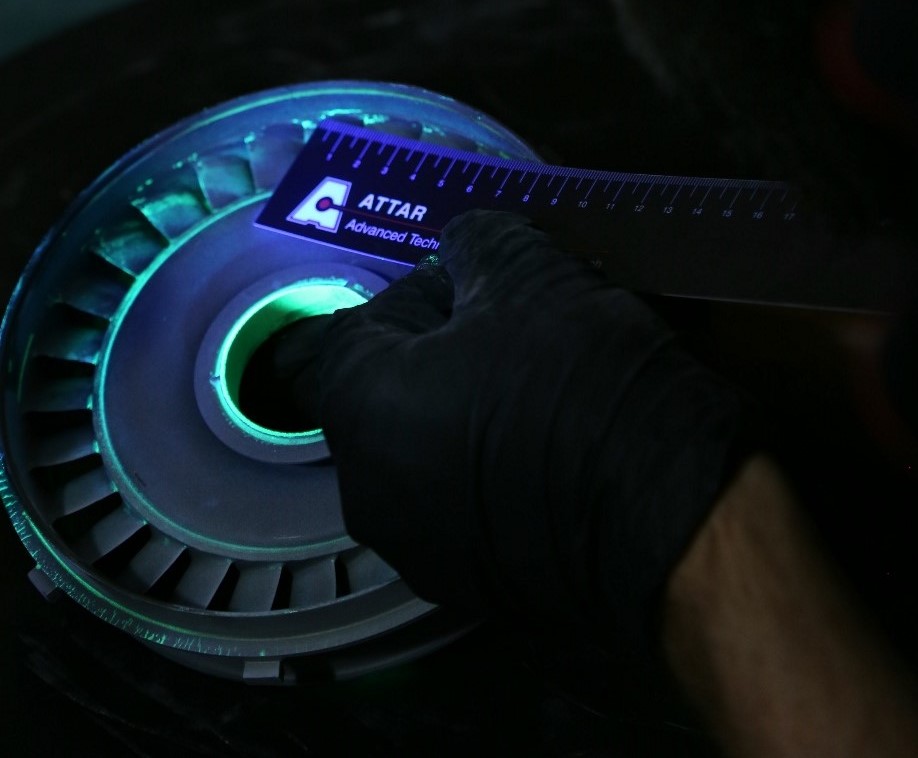
Minimum Standard Requirements
The minimum output required by numerous Standards for Non-Destructive Testing is 10W/m2 @38cm. This is equivalent to 10 Joules/second (1 Joule = 1 Watt/second).
- For Unprotected Eye, exposure limit would occur in 16.66 minutes.
- For Unprotected Skin, exposure limit would occur in 7.5 hours.
Numerous systems with outputs above 60W/m2 @ 38cm are currently available. This is equivalent to 60 Joules/second.
- For Unprotected Eye, exposure limit would occur in 2.7 minutes.
- For Unprotected Skin, exposure limit would occur in 1.25 hours.
In extreme cases the use of high-density spot sources may be utilised, with outputs reaching 500W/m2 @ 38cm. This is equivalent to 500 Joules/second.
- For Unprotected Eye, exposure limit would occur in 20 seconds.
- For Unprotected Skin, exposure limit would occur in 9 minutes.
NOTE: Times are based on the figures and a distance of 38cm, variations in exposure distance will vary dose and times accordingly.
Applications
Multiple standards limit the use of light sources above 100W/m2 as the high intensity may result in fluorescent dye fade (ASTM E3022).
Safety Precautions
Ensure you are working in accordance with you companies Management Plan for Artificial Sources (RPS 12 Section 2.1.b).
- Never look directly at a lamp whilst it is operating.
- Never operate a lamp with a cracked or damaged filter (where applicable).
- Glasses specifically designed to filter black light may be worn, however the transmission curves of the glasses should be checked against the emission curve of the fluorescent material under inspection.
- Wear opaque gloves and protective clothing during inspections to protect from possible UV irritation.
- Ensure black light source is placed of to minimize direct exposure to operators.
